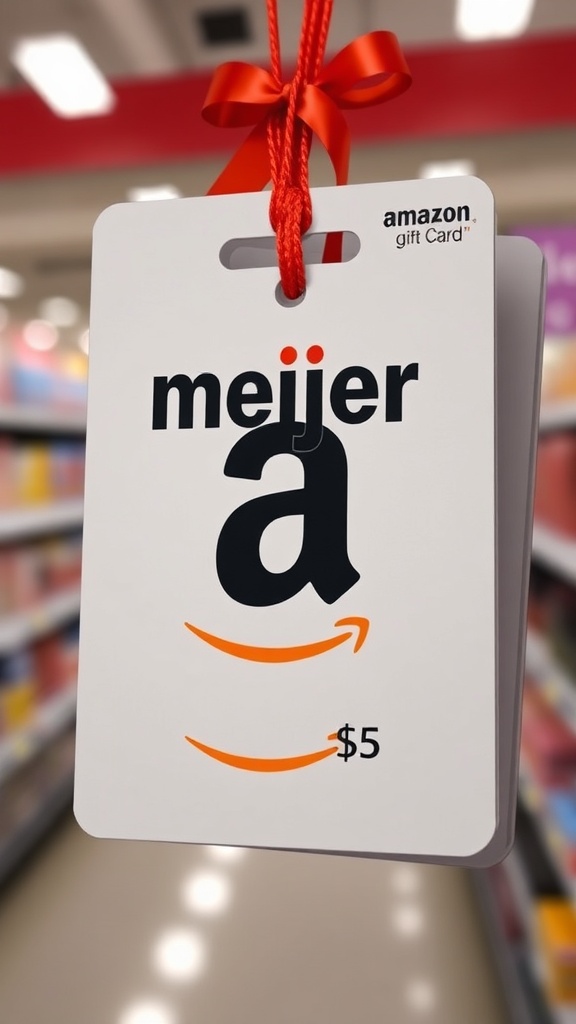Pinterest has established itself as a leading platform in the realm of visual discovery, allowing users to explore ideas and inspirations through images and videos. But many users often wonder, how does Pinterest make money? Understanding this can shed light on the platform’s business model and its sustainability.
Primarily, Pinterest generates revenue through advertising. The platform offers a range of ad formats, enabling businesses to promote their products and services effectively. This includes:
- Promoted Pins: These are standard Pins that businesses pay to display to a wider audience. They blend seamlessly into users’ feeds, making them less intrusive yet highly effective.
- Video Pins: With the growing popularity of video content, Pinterest allows brands to create video ads that engage users and drive traffic to their websites or profiles.
- Shopping Ads: These ads are integrated with Pinterest’s shopping functionality, allowing users to discover products, compare prices, and make purchases directly from the Pins.
Another valuable revenue stream involves partnerships with brands and influencers. By collaborating with influential content creators, Pinterest enhances its advertising effectiveness, driving higher ROI for advertisers while also generating income through strategic partnerships.
Lastly, Pinterest is expanding its revenue potential through various e-commerce initiatives. As more businesses look to increase their online presence, Pinterest provides tools that facilitate seamless online shopping experiences, further integrating itself into users’ shopping journeys.
In summary, Pinterest’s monetization strategy hinges on advertising, partnerships, and e-commerce solutions. By focusing on visual discovery and innovative ad formats, Pinterest successfully capitalizes on its vast user base, making it a unique player in the digital marketing landscape.




